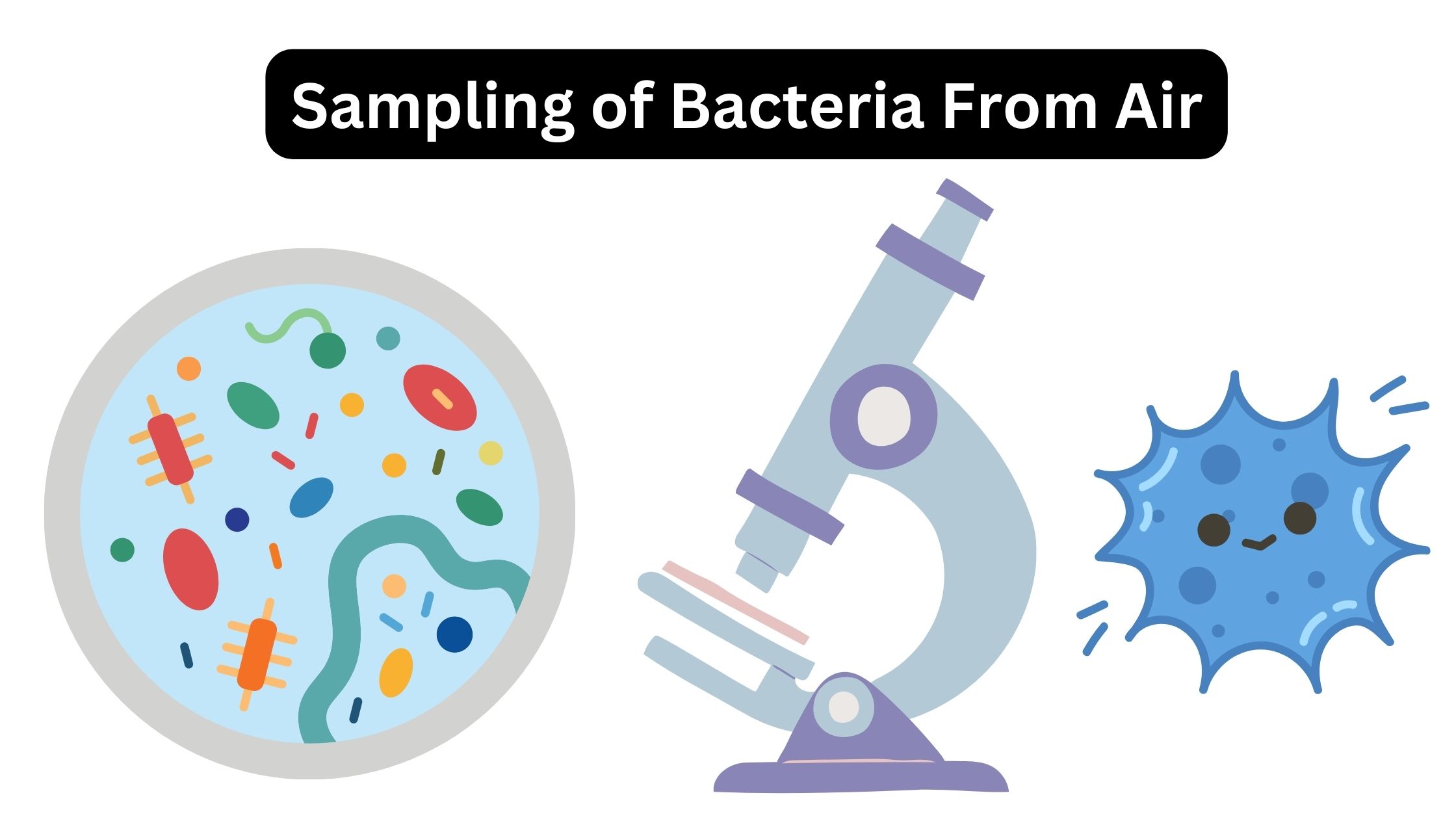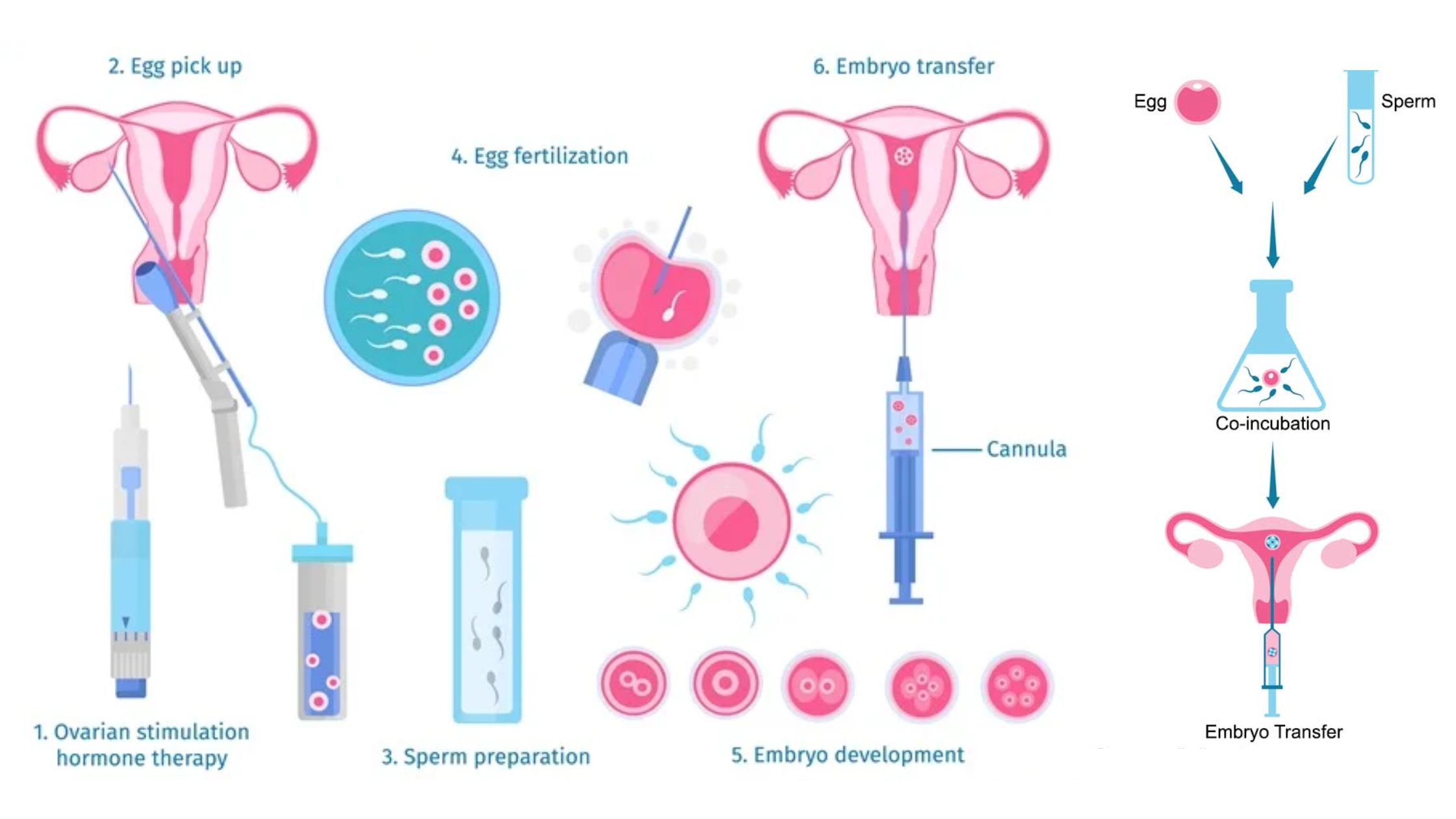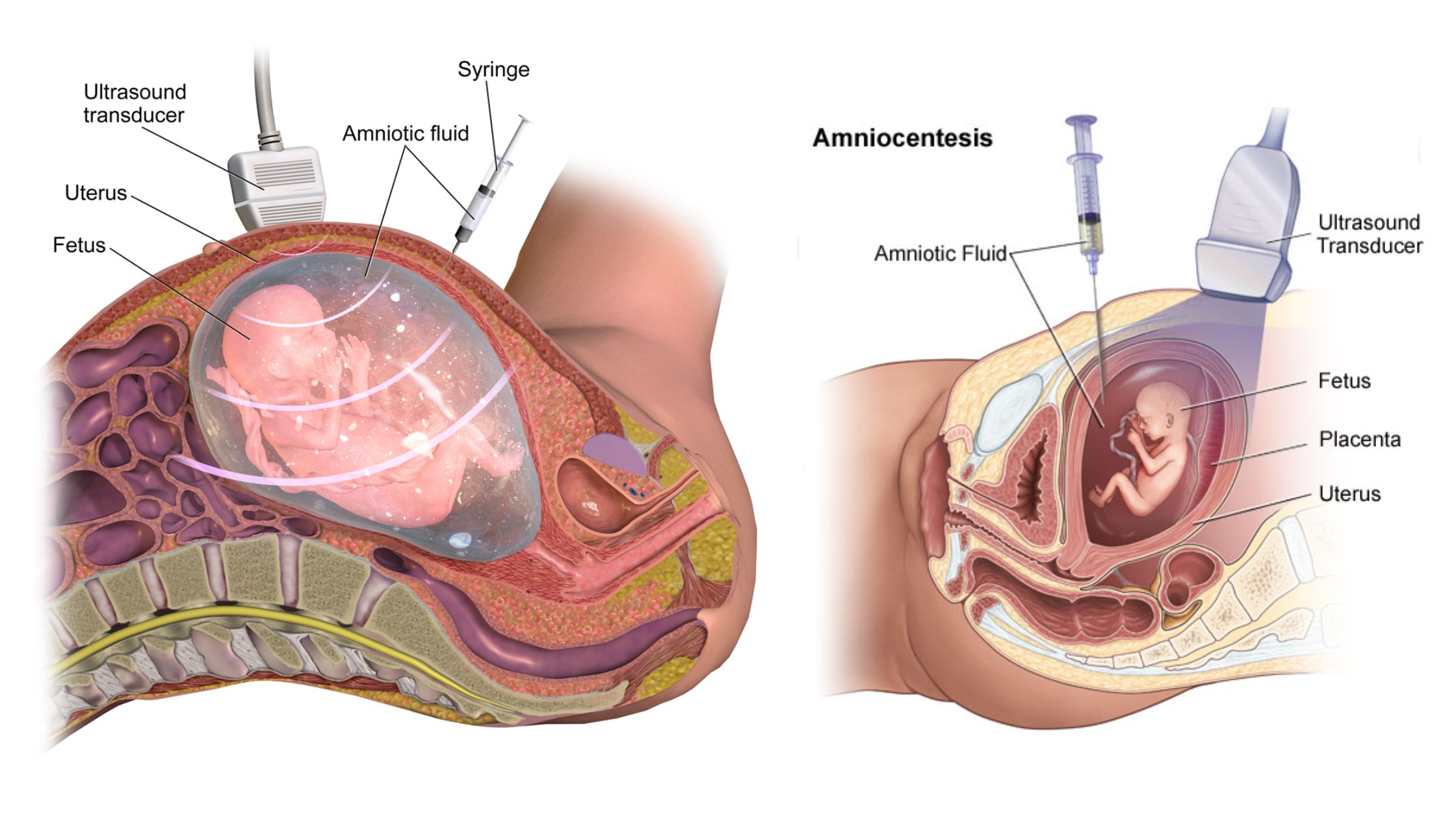Sampling of Microorganisms From Soil
Exploring the microscopic world within soil requires precise techniques for the effective sampling of microorganisms, such as bacteria. These organisms play crucial roles in various ecological processes, including nutrient cycling, and understanding their presence and diversity is vital for both scientific research and environmental monitoring. Two widely recognized methods facilitate the direct observation of these … Read more









